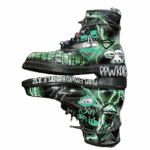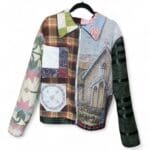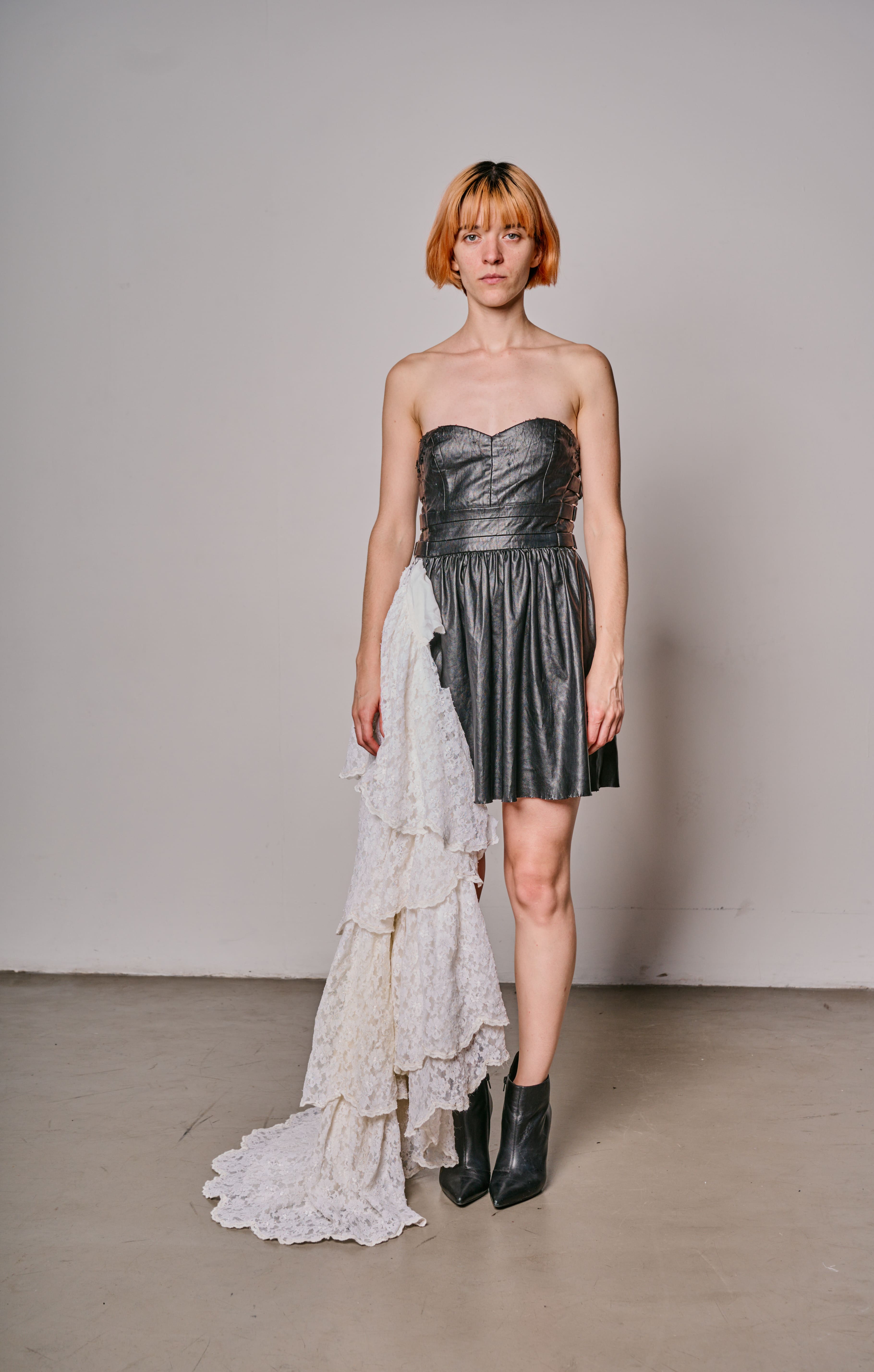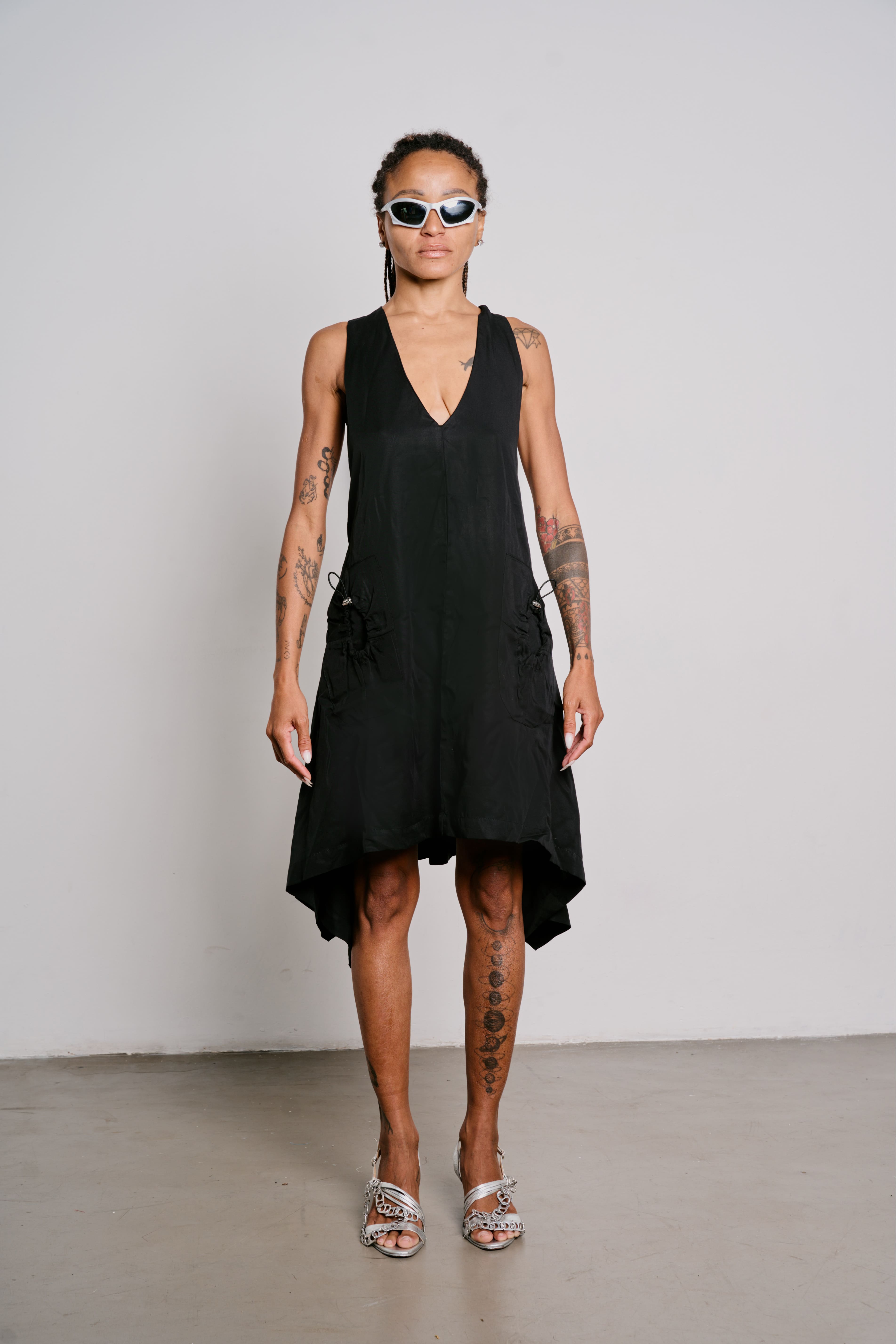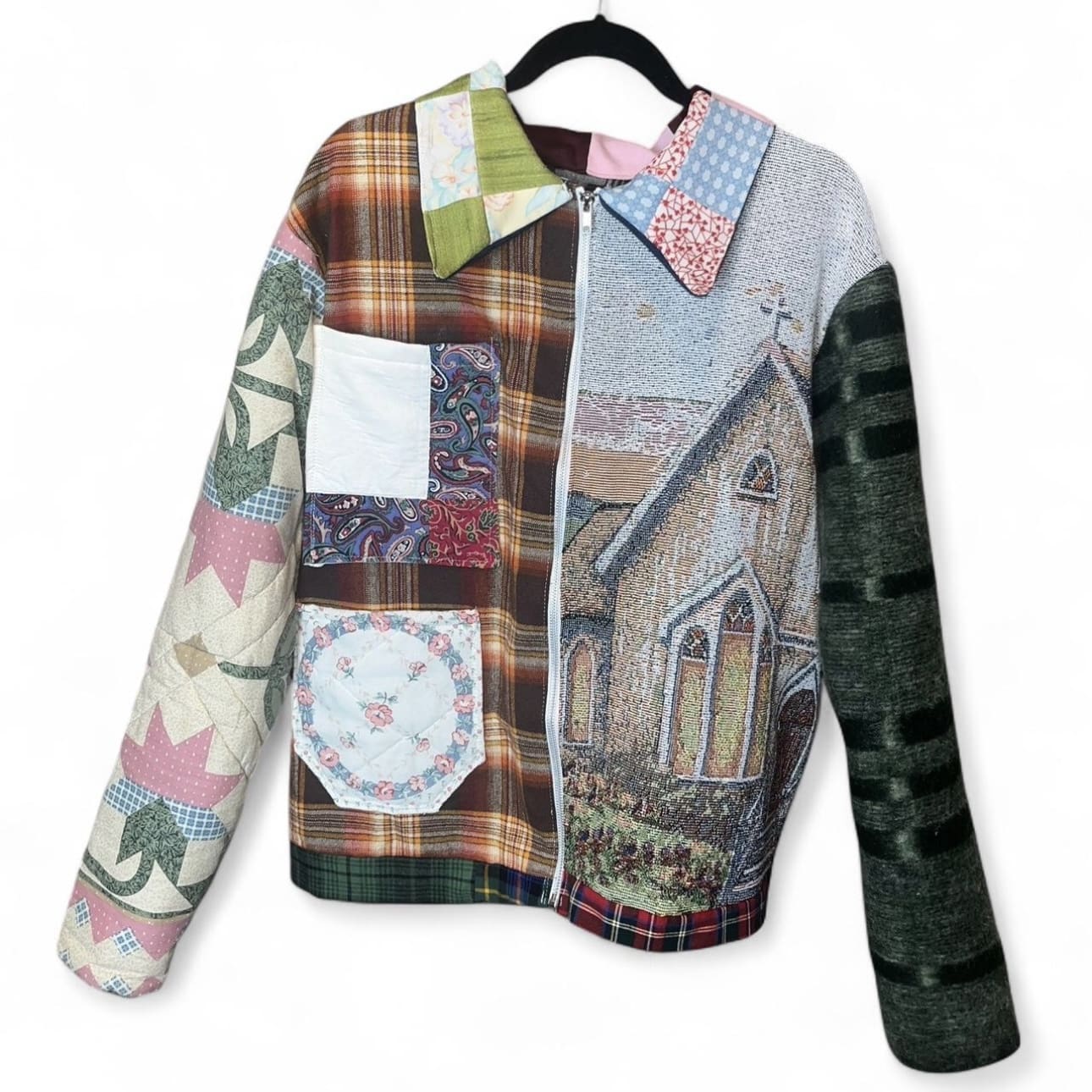Every upcoming sewing and upcycling artist needs the right tools to turn scrap fabric into a masterpiece. While your sewing machine is the heart of your operation, the cutting tools you use help you shape every piece of material into the envisioned design. Here’s an expanded guide to the best cutting tools every sewer should have in their toolkit.
1. Angled Fabric Scissors
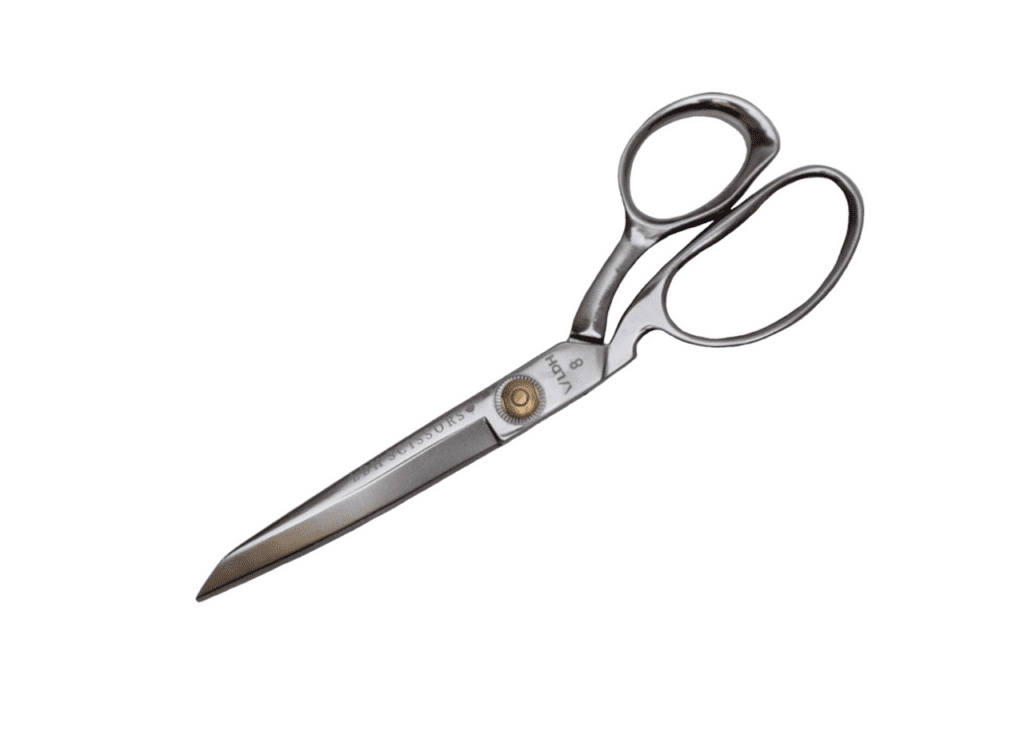
The cornerstone of any sewing toolkit, angled fabric scissors are specifically designed for cutting fabric. They are the best choice for clean cuts and precision. Heavy-duty angled scissors with blades ranging from 8 to 12 inches are ideal for cutting fabric in a single, fluid motion. If you frequently work with delicate, slippery fabrics like satin and crepe, consider micro-serrated scissors that grip the fabric for even cutting. Bend-handed shears also come in handy for straight edges. And for those who often misplace their scissors, ones with clips can be a real lifesaver, although they’re more suitable for lighter pairs.
2. Small Sharp Fabric Scissors
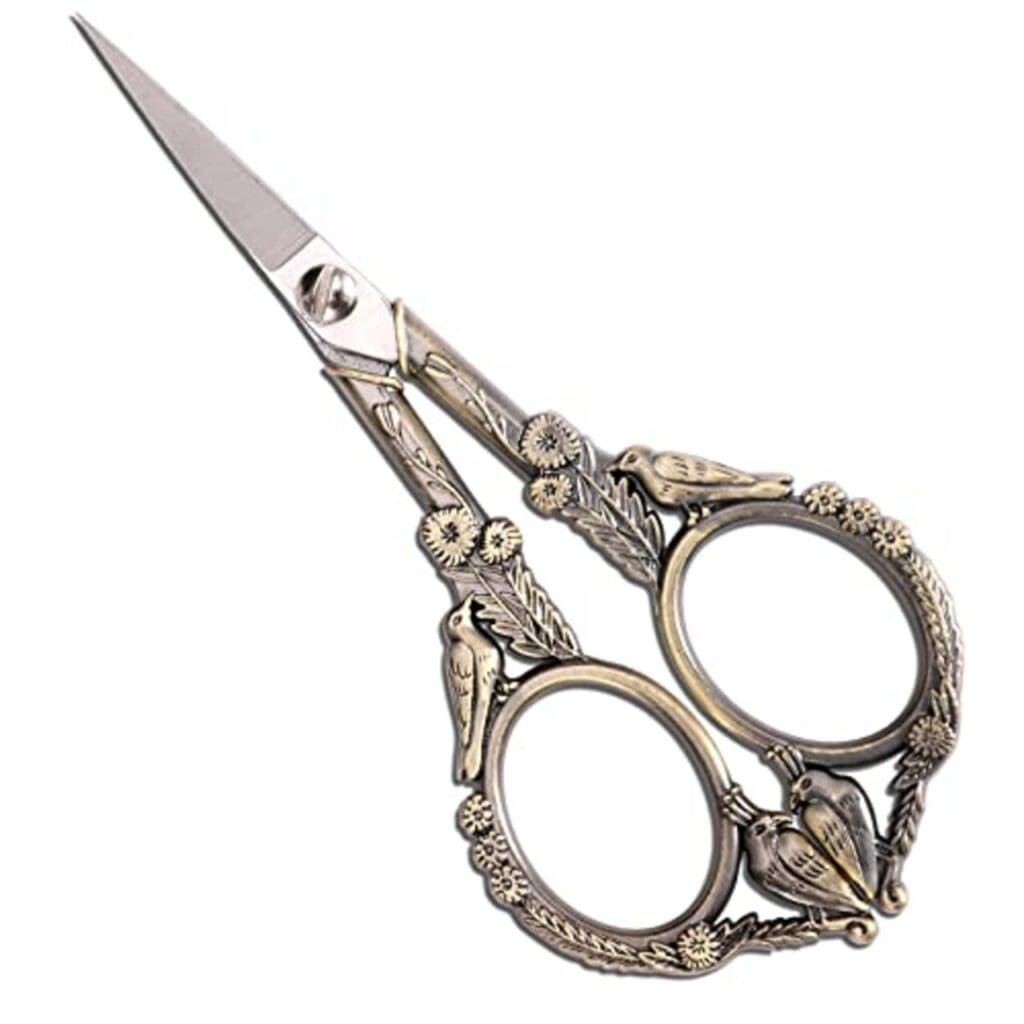
Small sharp fabric scissors with a 4-inch blade are perfect for delicate cutting tasks. Whether you’re trimming small motifs for applique or snipping seam allowances, these scissors offer unmatched control and precision. Their size allows for maneuverability in tight spaces that larger scissors simply can’t reach.
3. Duckbill Scissors
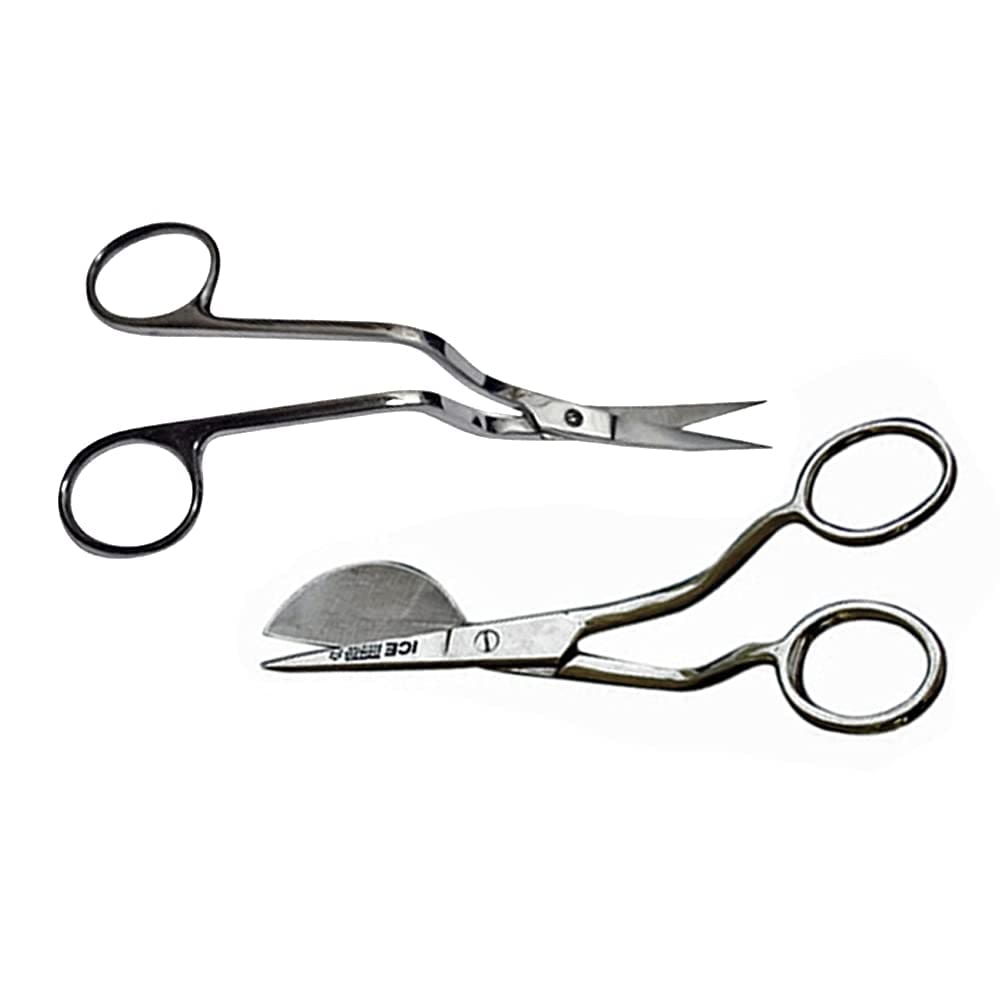
These specialized scissors are a dream for anyone doing applique work. The unique paddle-shaped blade keeps the lower layer of fabric safe while you trim the upper layer close to the stitching. It’s a clever design that promotes accuracy and safety.
4. Pinking Shears
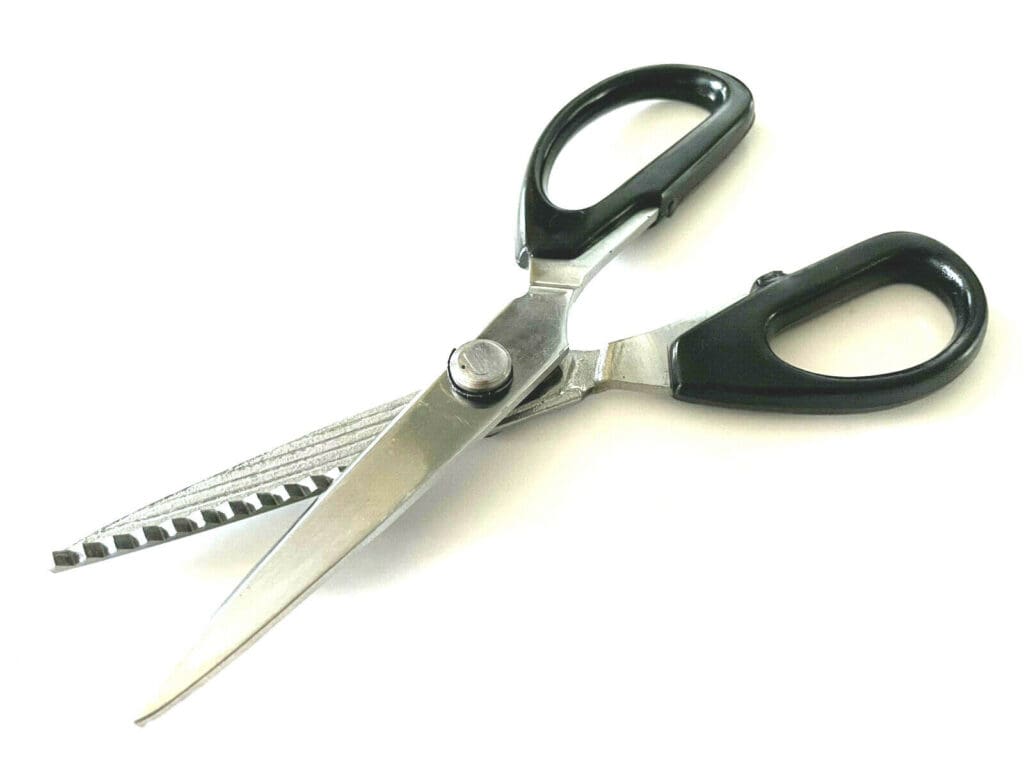
Pinking shears are the go-to tool for finishing fabric edges that are prone to fraying. The zig-zag pattern they create not only adds a decorative touch but also secures the threads to prevent unraveling. It’s an easy and effective way to finish seams, especially for fabrics that can’t be serged.
5. Thread Snips

Don’t underestimate the convenience of thread snips. These small cutters are invaluable for quickly trimming threads as you sew, which can save time on finishing. Some models come with a neck strap, ensuring they’re always within reach.
6. Rotary Cutters
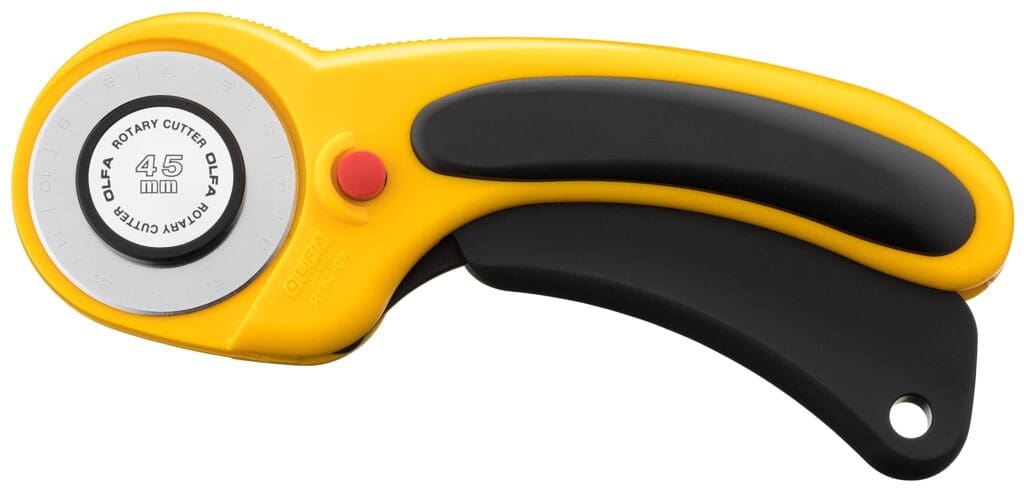
For cutting straight lines and multiple layers of fabric, rotary cutters are a game-changer. They work like pizza cutters and require a special cutting mat, often self-healing, to protect your surfaces. They’re particularly useful for heavy materials like faux fur or vinyl. Keep in mind that, like scissors, rotary cutters should not be used on paper to maintain their sharpness.
7. Buttonhole Cutters

The precision of a buttonhole cutter cannot be overstated. This chisel-shaped tool creates clean cuts for buttonholes without the risk of fraying or accidental snips that can happen with scissors. Some come with a protective mat to ensure a safe cutting surface.
8. Curved Embroidery Scissors
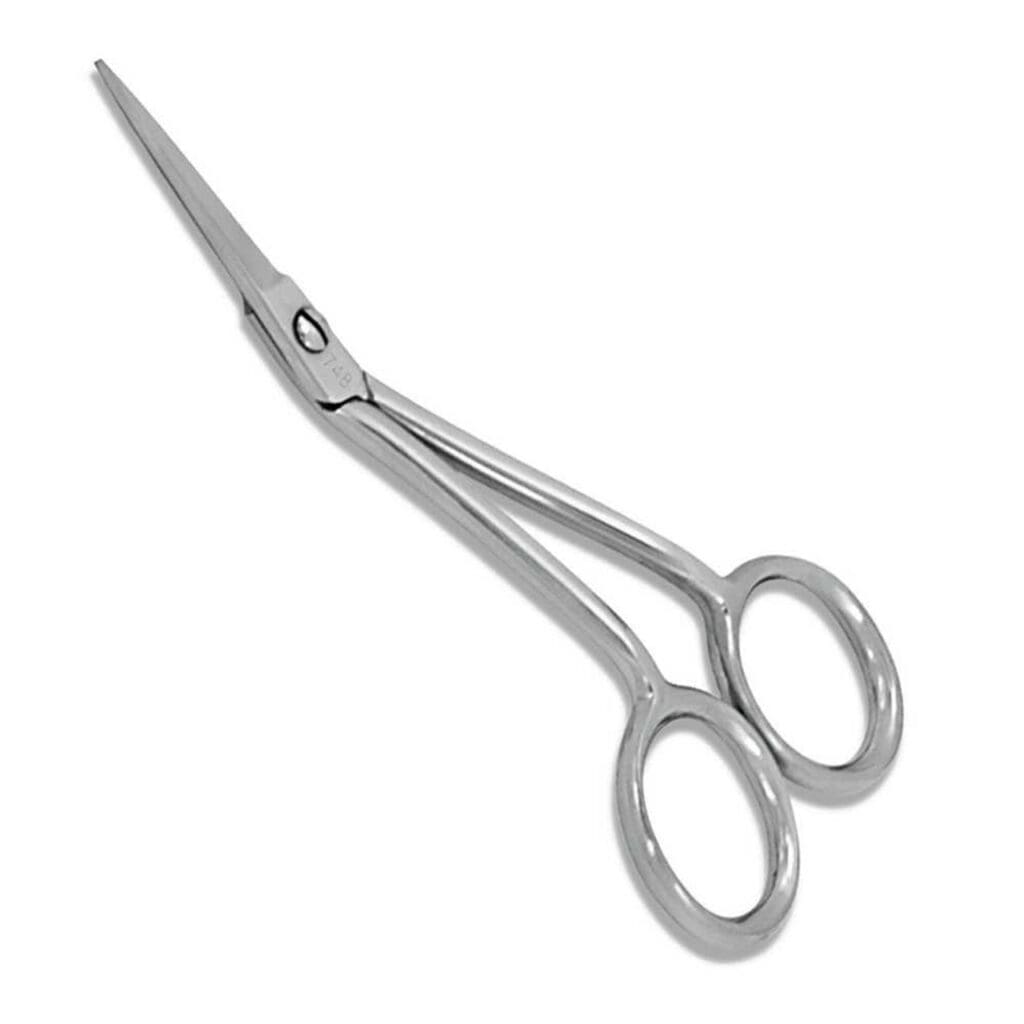
These scissors feature a slight curve at the tip, ideal for thread cutting during embroidery work. They allow for close cuts without catching on the fabric or embroidery, ensuring your work remains pristine.
9. Double Curved Embroidery Scissors

With a curve in the handle, these scissors are designed to navigate over embroidery hoops, making them a must-have for machine embroidery. Their design allows for ease of access and precise cutting, even in hard-to-reach areas.
10. Seam Ripper
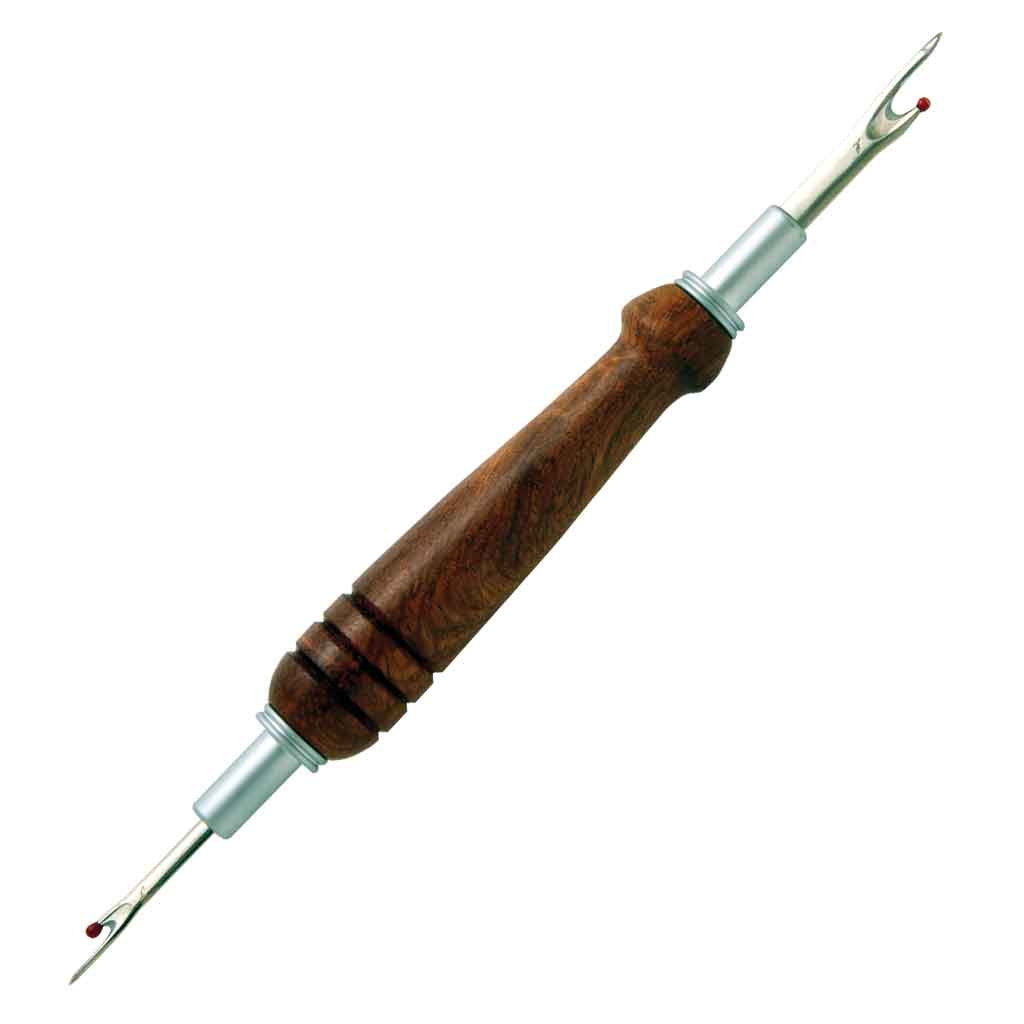
Perhaps one of the most underrated tools in sewing, the seam ripper is a lifesaver for any sewer. It’s the go-to tool for undoing stitches and correcting mistakes without damaging the fabric. Always keep it stored safely, and educate children on its proper use.
11. Awl

An awl is perfect for adding small holes to fabric for eyelets, grommets, or decorative purposes. While it may not seem essential at first, once you start using it, you’ll find it indispensable for precise placement and protection of the fabric.
12. Exacto-Blade
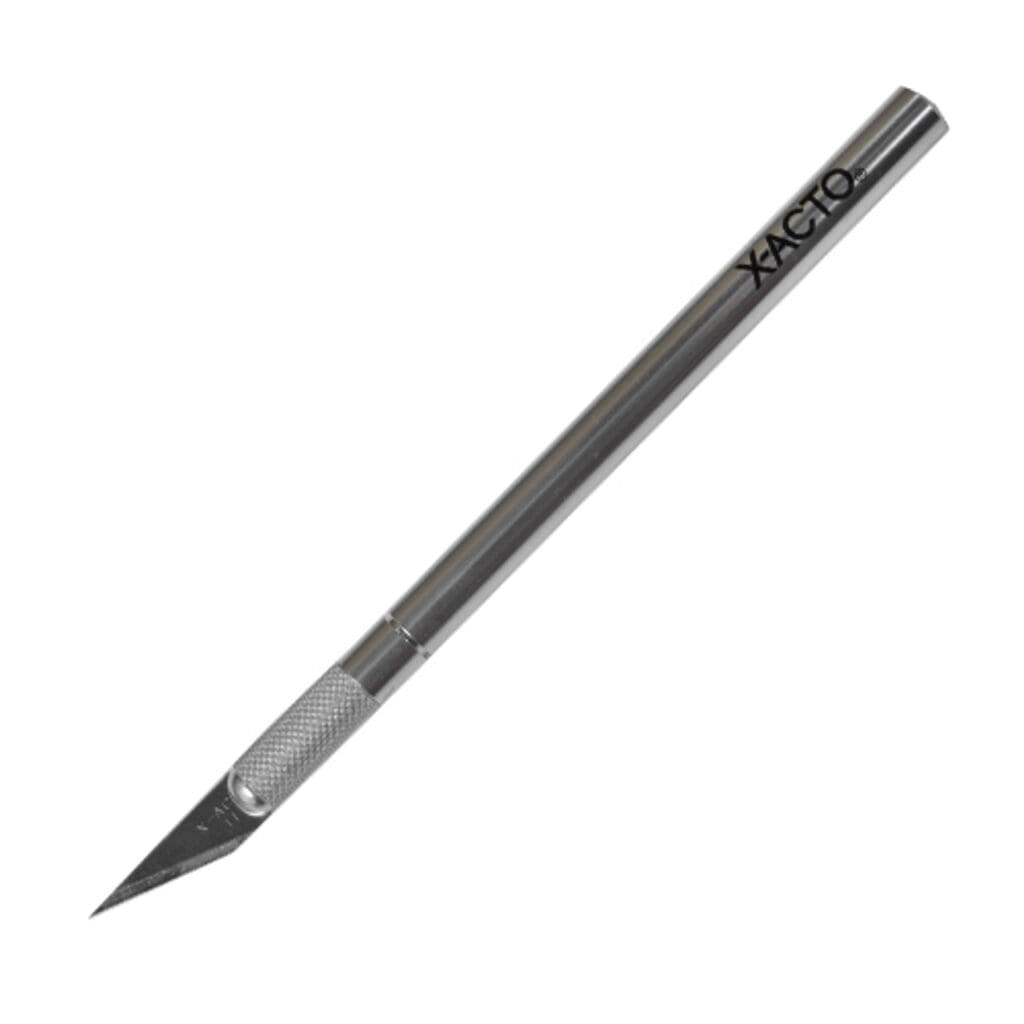
The Exacto-blade may not be the first tool that comes to mind for sewing, but it’s incredibly useful for making precise cuts for fabric painting stencils or small, neat buttonholes. It brings a sense of power and precision to the cutting process.
Conclusion
Equipped with these 12 tools, you’ll be prepared for every cutting task in your sewing projects. Maintain them well, and they’ll contribute to countless beautifully finished garments and textiles. And, soon, you could be making incredible upcycled pieces and forwarding the “slow fashion” movement!




